MONTHLY MARKET UPDATE
6 October, 2025
Author: Jesmar Halliday, CFA
Global stock markets delivered another month of broad gains in September, with momentum particularly strong across Asia. Taiwanese shares led regional performance, rising by more than 6%, closely followed by Japan’s Nikkei, which posted a similar advance. The spotlight once again fell on the U.S. mega-cap technology names the “Magnificent Seven” which climbed by over 9% for the month, reaffirming their dominant role in shaping global market sentiment.
In the United States, the advance was widespread, encompassing both large and smaller capitalisation indices. The S&P 500, Nasdaq Composite, Russell 1000, and Russell 2000 each rose more than 3%, reflecting renewed optimism surrounding corporate profitability and the enduring enthusiasm for technology and AI-linked sectors. Communication services stocks also benefited, sustaining their leadership role within the market. European equities presented a more mixed backdrop. While the Euro Stoxx 50 added just over 3% and France’s CAC 40 gained nearly 3%, Germany’s DAX registered a flat performance of -0.09%. Several Central and Eastern European markets also ended in negative territory. Technology once again stood out as the leading sector, advancing by more than 12%, whereas consumer staples, real estate, and communication services lagged, underscoring the divergence between growth-oriented and defensive holdings.
Sector performance showed clear differentiation. Technology was the undisputed leader, rallying more than 7% in the U.S. and an exceptional 12.5% in Europe. Industrials, utilities, and communication services also advanced, pointing to cyclical support across several areas. In contrast, energy, materials, and consumer staples underperformed as investors rotated away from defensive and commodity-linked sectors in favour of growth assets offering stronger earnings momentum.
Fixed-income markets posted restrained yet positive results in September, with long-dated instruments outperforming their shorter-term counterparts. Short-maturity bonds remained largely range-bound, while longer-term U.S. Treasuries rallied strongly, with maturities beyond fifteen years climbing over 3%. This strength reflected both renewed demand for duration and an evolving outlook on the trajectory of future interest rates.
In Europe, sovereign bonds generated steadier but modest gains. Benchmark Eurozone yields drifted slightly lower, capping returns just under 1%. UK gilts edged higher across the curve as inflation appeared to moderate and investors increasingly anticipated that the Bank of England could begin easing policy early in 2026. Corporate debt maintained a firm tone. U.S. investment-grade credit led the way, returning between 1.5% and 1.6%, with European equivalents also posting positive gains. Emerging market corporates advanced by over 1%, highlighting the continued preference for higher-quality risk exposure. High-yield bonds delivered more mixed outcomes. In the U.S., returns hovered around 0.8%, while global indices also showed mild improvement. European high yield lagged somewhat, particularly among the lowest-rated issuers, as the CCC cohort fell by more than 0.3%, demonstrating investor caution toward weaker credits.
The U.S. Federal Reserve made a carefully calibrated move in September, trimming its key policy rate by 25 basis points to a range of 4.00%–4.25%. The decision signalled an attempt to balance inflation control with emerging signs of weakness in the labour market. Fed officials adopted a cautious tone emphasising that future rate adjustments would depend heavily on forthcoming data while Vice-Chair Philip Jefferson noted that labour conditions were beginning to soften. A temporary spike in the effective fed funds rate at quarter-end, driven by liquidity constraints from foreign banks, highlighted lingering technical volatility in short-term funding markets.
In the Eurozone, the European Central Bank opted for continuity, maintaining its main policy rates at 2.00%, 2.15%, and 2.40%. President Christine Lagarde reaffirmed that inflation pressures remain contained but reiterated the importance of policy flexibility amid an uncertain global outlook. Policymakers also cautioned against loosening financial regulation too aggressively, expressing concern that easing securitisation rules could reignite systemic vulnerabilities. Meanwhile, officials such as Olli Rehn (Governor of the Bank of Finland) called for a more strategic effort to strengthen the euro’s international standing, particularly in light of intensifying competition from other reserve currencies. Over in Japan, the Bank of Japan maintained its 0.50% policy rate but revealed growing internal division. A number of policymakers argued for a modest rate hike to 0.75%, citing persistent inflationary pressures, particularly in food and energy costs. While Governor Ueda resisted committing to a shift, the Bank began a gradual unwinding of its ETF holdings which is a tentative step toward balance-sheet normalisation after years of ultra-loose policy. Elsewhere, the Bank of England’s tone turned more optimistic. Deputy Governor Sir Dave Ramsden remarked that inflation appeared on track to fall back toward the 2% target, supported by easing wage growth and weaker labour market conditions. His comments were interpreted as keeping the door open to future policy easing should disinflation progress continue.
On the geopolitical front, U.S.–India relations came under strain after Washington imposed two rounds of tariffs (each of 25%) targeting Indian exports, citing New Delhi’s ongoing energy ties with Moscow. India condemned the action as unjustified, asserting its right to independent energy policy.
The confrontation marked one of the sharpest downturns in bilateral relations for years and underscored a broader shift toward using trade policy as a strategic tool.
Meanwhile, in China, the manufacturing sector remained under pressure, registering its sixth consecutive month of contraction. The official PMI edged up marginally to 49.8 but stayed below the expansion threshold, reflecting subdued demand, weakness in the property sector, and persistent trade headwinds. From a macroeconomic perspective, the U.S. economy surprised to the upside, with second-quarter GDP revised higher to 3.8% from 3.3%. The revision prompted the dollar to strengthen mid-month before retreating on renewed political uncertainty surrounding a potential government shutdown. In Europe, inflation dynamics re-emerged as a concern, with German headline inflation climbing to 2.4% which is the highest since February and core inflation increasing to 2.8%. In the UK, gilt auctions reflected softer demand and rising yields, as investors weighed heightened fiscal uncertainty ahead of the forthcoming autumn budget.
Important Information:
This article was prepared by Jesmar Halliday, CFA, Portfolio Manager at MZ Investments and is intended solely for information purposes. The contents of this article should not be construed as investment, legal or tax advice, or as a recommendation to buy, sell, or hold any securities, investment strategy or market sector. The information contained in this article was obtained from sources believed to be reliable and has not been verified independently. MZ Investments, its directors and employees give no warranties of any kind, expressed or implied, with regard to the accuracy, correctness or completeness of this article and accepts no responsibility or liability for any loss or damages arising out of the use of all or any part of this article. MZ Investments is under no obligation to update or keep current the information contained therein. All investments involve risk. The value of investments may go down as well as up and investors may not get back the amount originally invested. Investors are urged to seek professional advice before making investment decisions.
M.Z. Investment Services Limited (MZISL) of 63, MZ House, St Rita Street Rabat, Malta RBT 1523, is regulated by the MFSA and licensed to conduct investment services business in terms of the Investment Services Act Cap. 370 of the Laws of Malta. MZISL is a member of the Malta Stock Exchange and enrolled under the Insurance Distribution Act, Cap. 487 of the Laws of Malta, as a Tied Insurance Intermediary for MAPFRE MSV Life p.l.c. (MMSV). MMSV (C-15722) is authorised by the MFSA to carry on long-term business under the Insurance Business Act, Cap 403 of the Laws of Malta. MMSV is regulated by the MFSA.

